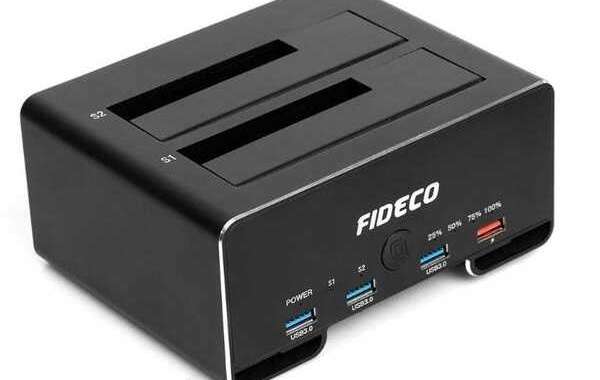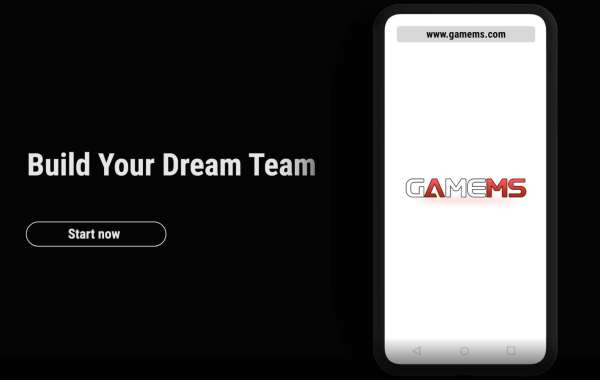When the world turned upside down in early 2020, many of us went home for what we thought would be a brief break from office life. Instead, it's turned into a long-term commitment to remotely working. If you have kids, they're also doing remote schoolwork, going to classes on a computer screen.
Mastering remote work is all about finding the right tools to stay productive and connected. This guide will have you and your team synchronized and working in harmony, wherever you happen to be.
Read More
Under the circumstances, maybe it's time to upgrade your work-from-home (WFH) setup with a docking station for hdd that transforms your laptop into a more comfortable working environment. With one (or maybe two) quick connections, you can add a full-sized external display, a full-sized keyboard and an external mouse, a wired Ethernet connection, and access to external devices like backup drives, scanners, and printers.
You can accomplish most of this for a relative pittance, or you can max out your platinum card with high-end solutions that support multiple displays and super-fast Thunderbolt 3 peripherals.
The basic concept behind a docking station for hdd is simple: It's a relatively small device that stays on your desk, connected to your monitor, keyboard, and mouse, plus whatever other devices you want to have readily at hand. When you're at your desk, you connect the dock to your laptop (typically via a single cable) and have instant access to the aforementioned external peripherals.
In this guide, we list some popular, well-reviewed dock options. But they're not all equal. Before you choose one for your work-from-home office, here's what you should look for.
Connection type. This is probably the most important item on your sorting list. Most newish laptops support USB Type-C connections, which offer robust expansion options; before you choose one of these docks, though, you'll need to know if your laptop supports Thunderbolt 3 connections. If you have a Microsoft Surface device, your choices are more limited, thanks to the blade-type connector that those devices use for external connections. If you have an older PC or Mac that doesn't support one of those standards, you'll have to settle for some more basic dock options.
For a true one-cable connection, your dock needs to supply power to the laptop. Some less expensive docks skip this feature completely, assuming you'll connect a power supply and use the dock exclusively for connecting to peripherals. If you have a high-powered laptop, make sure your powered dock delivers enough watts to keep up with your PC's demands.
WORKING FROM HOME
Most every organization has been thrust into the future of work. What will determine failure or success in this brave new world?
Read More
Video output(s). Look very closely at the specs for video connections. If you need to drive only a single full HD (1920 x 1080) display using an HDMI cable, just about any dock will do. Things get complicated quickly if you need support for a 4K or 5K display (you'll need DisplayPort for those resolutions) or if you want to run two or more external displays simultaneously.
Ports. Does the dock you're considering have enough external ports to connect to the devices you have on your desktop? Pay special attention to USB ports, which can be Type A or Type C, with or without the ability to power devices like a smartphone.
Wired Ethernet. One of the great advantages of a docking station for hdd, if your network router is nearby, is that you can free yourself from sometimes flaky Wi-Fi connections and plug in directly. The participants on your weekly Zoom call will notice.
Audio input/output. You probably won't think of these connections until you need them. But having dedicated external speakers and a 3.5-inch jack to plug an external microphone into can dramatically transform your audio quality. If you do webinars or guest appearances on broadcast media or podcasts, the difference is noticeable and worth paying for.
With those considerations in mind, we've divided the docking options into three major categories. First up are docks designed to connect specifically to a single brand of PCs. Next, we list generic docking station for hddfor hddfor hdd for hdds that offer adequate expansion capabilities for under $150 (external peripherals not included). In the final section, we highlight more expensive third-party products that offer undeniable performance advantages for those who need the best.
In making our selections, we focused on docking station for hdd designed for use with Windows laptops or MacBooks (or both). If you're looking to expand your Chromebook to the desktop, we recommend checking compatibility carefully. Among third-party hardware makers, only Kensington offers a wide selection of docks with ChromeOS support.
If you bought a name-brand PC, there's a good chance that the maker of that device has at least one and probably several dock options for you to choose from. The biggest advantage, of course, is that you can expect the two devices to work together properly; and if they don't, you don't have to put up with the finger-pointing that can occur when you encounter a conflict between a PC and a third-party peripheral.
This section includes information about docks designed for use with Windows PCs from Dell, HP, Lenovo, and Microsoft. As for Apple, well, let's get that out of the way first.
We'd love to tell you about an Apple-branded docking station for hdd use with your MacBook, but there is, alas, no such thing. The closest thing Apple offers is an overpriced dongle, the USB-C Digital AV Multiport Adapter. Plug the MacBook power adapter into the USB-C port, connect a monitor to the HDMI port, plug something into the single USB Type-A port, and that's it. You're out of expansion opportunities.
That might work if you have an Apple Bluetooth keyboard and mouse and you don't care about a wired network connection. But if your needs are demanding, you'll need to explore third-party products.








